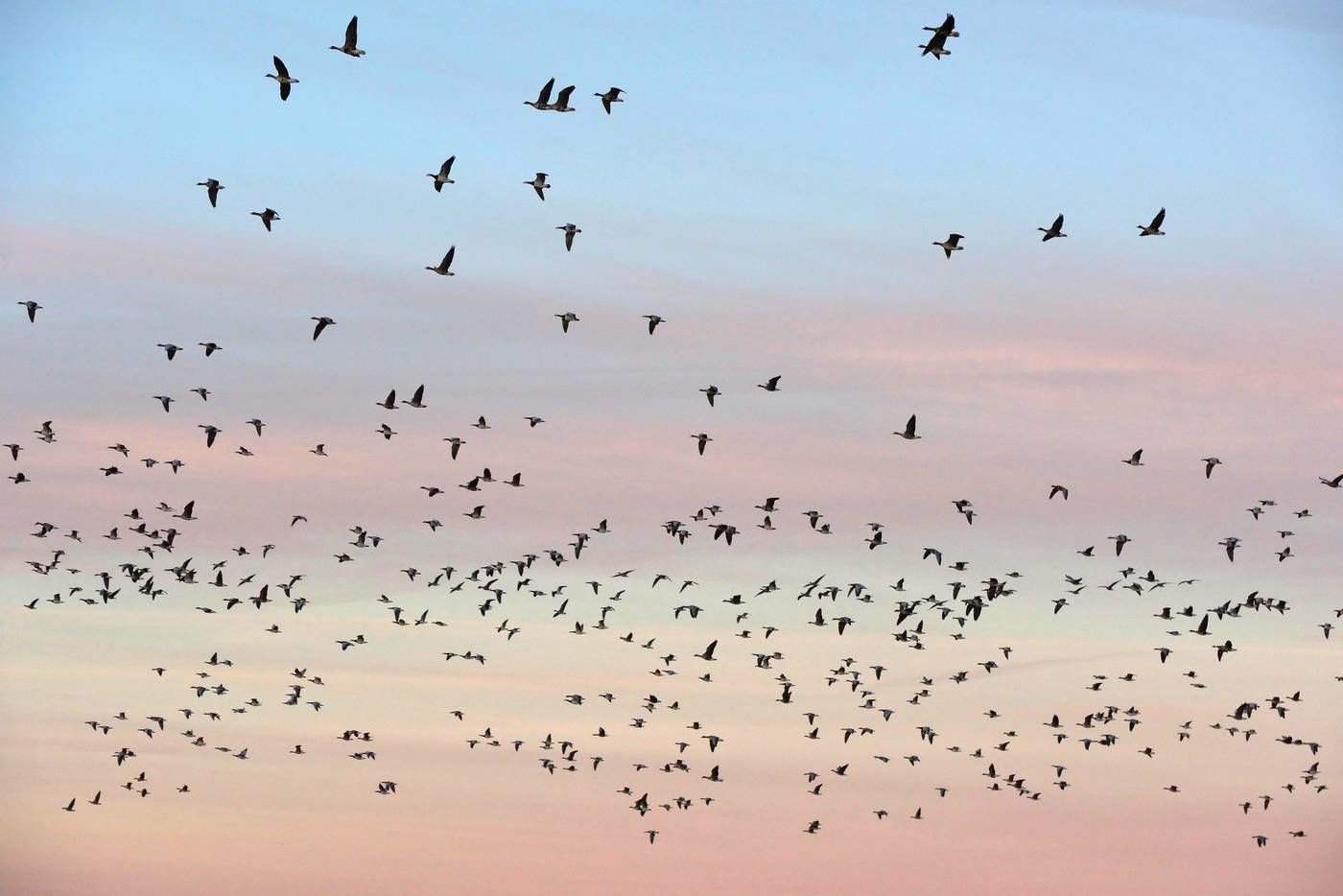Travel through time in Germany
Peel back Germany's layered, UNESCO-recognised history on these multi-generational trips...
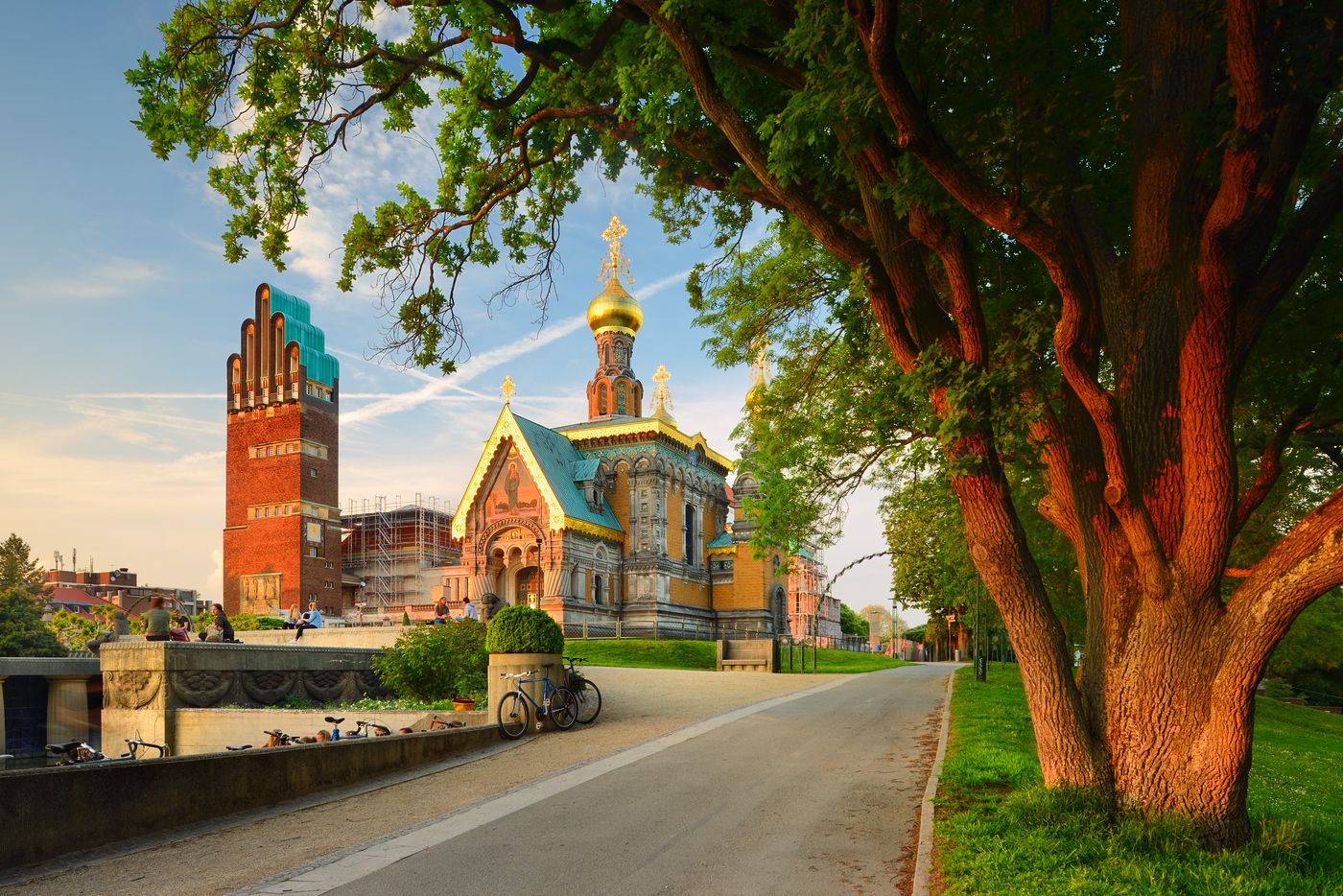
Route Inspiration: Stone Age to the Future

From fossils and cave art to fantasy gardens and atmospheric churches and monasteries, you’ll catch the best of Germany’s natural and cultural heritage.
Follow the Time Travel Route, inspired by the Stone Age right to the modern era. Experience this route by train, bus, bike and on foot, with great tips and suggestions for making the best of the prehistoric and historic UNESCO World Heritage Sites.
Take fast, comfortable and well-connected trains to the sites. Sit back, relax and enjoy views of Germany’s idyllic landscapes, its rivers, hills and forests.
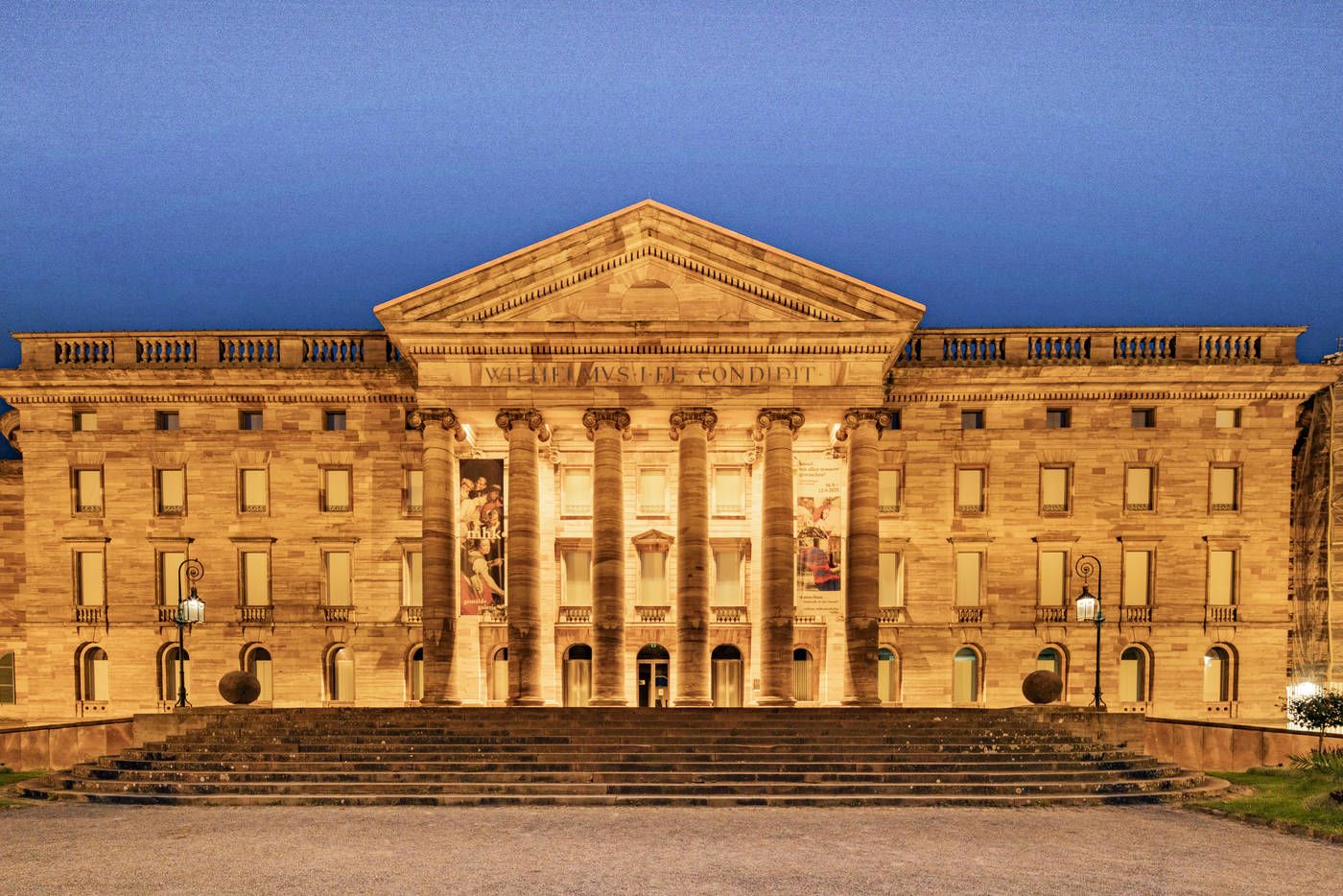


Germany from the Stone Age to the Future
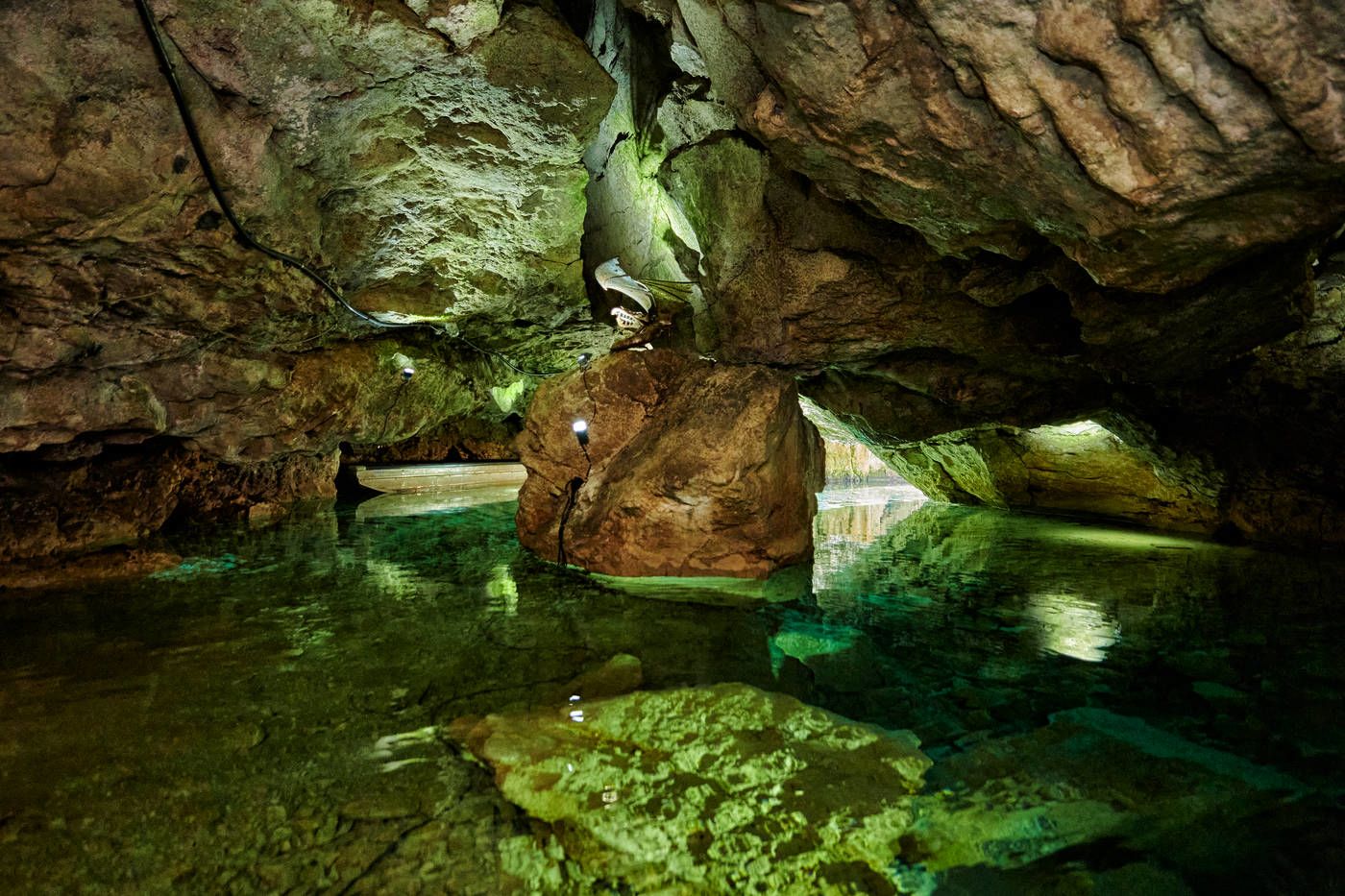
© GNTB /Florian Trykowski
© GNTB /Florian Trykowski
Days 1-2: Caves and Ice Age Art in the Swabian Jura
Some of the first modern humans, arriving in Europe around 43,000 years ago during the last Ice Age, took shelter in caves along the beautiful Lone and Ach valleys. Many thousands of years later, archaeologists excavated their treasures: personal ornaments, stone tools, carved figurines of people, animals and mythical creatures – half man, half human – including the Lion Man. Six of these caves make up the Swabian UNESCO World Heritage Site in southern Germany. At the nearby Urgeschichtliches Museum in Blaubeuren, gaze upon the world’s oldest discovered musical instrument and carved figurine – The Venus of Hohle Fels.
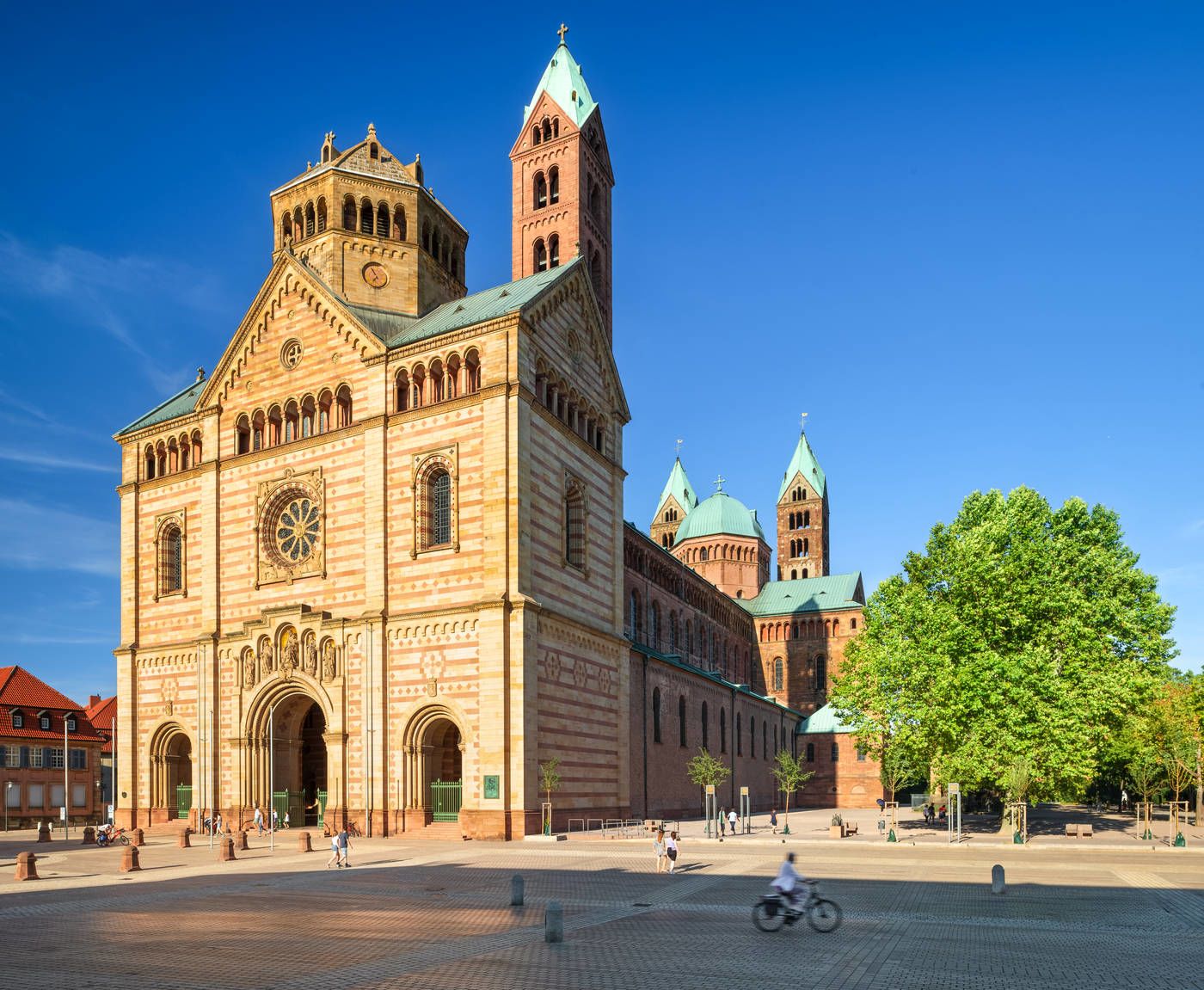
© GNTB / Francesco Carovillano
© GNTB / Francesco Carovillano
Days 3-4: ShUM - Sites of Speyer, Worms und Mainz
ShUM – The Hebrew initials of Speyer, Worms and Mainz. Tucked into these three Imperial cathedral cities of the Upper Rhine, you’ll find the rich cultural and religious heritage of Germany’s medieval Ashkenazi Jews. Discover the Speyer Jewry-Court. Lose yourself in the atmospheric Jewish cemeteries of Mainz and Worms. Explore the Worms Synagogue Compound with its reconstructed 12th century place of worship, 13th century shul, a synagogue for women, the Rashi House community hall and the intact underground mikveh, a ritual bath.

© GNTB / Francesco Carovillano
© GNTB / Francesco Carovillano
Day 5: Mathildenhöhe Darmstadt
In 1887 the Grand Duke of Hesse, Ernst Ludwig, established the Darmstadt Artists’ Colony high above the city. In an exciting period of newly emerging architecture, art and craft, the artists of Darmstadt showcased their work in a series of international exhibitions between 1901 and 1914. Mathildenhöhe is a fine example of early modern architecture, urban planning and landscape design. Influenced by the Arts & Crafts Movement, feast on the exquisite architectural detail of the Wedding Tower, Exhibition Hall, Russian Chapel of St. Maria Magdalena, Swan Temple in the Pavilion Garden and the thirteen artists’ houses and studios. Mathildenhöhe, sometimes called the ‘Cradle of Bauhaus’, paved the way for the future of design and architecture.
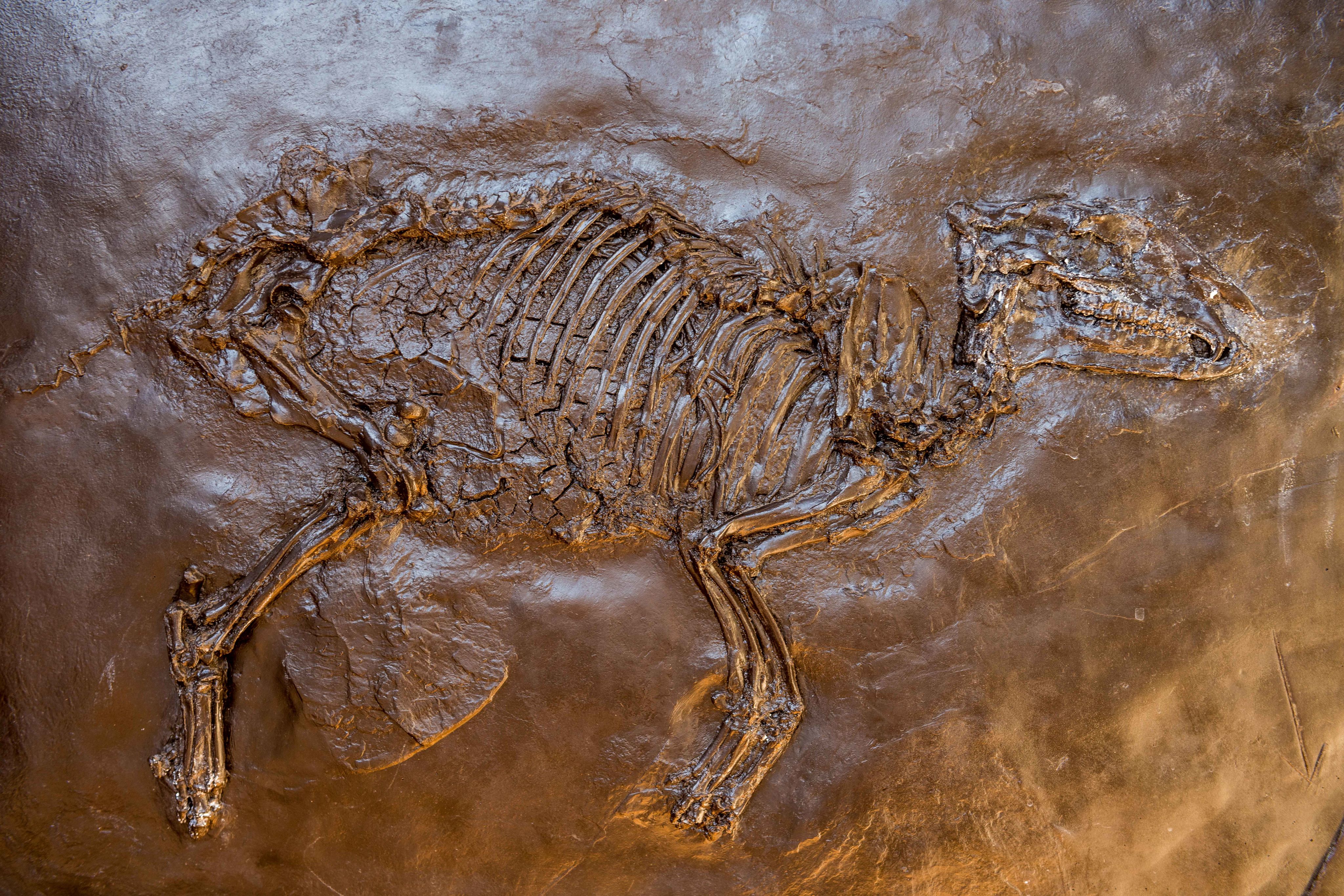
© Lookphotos/robertharding
© Lookphotos/robertharding
Day 6: Messel Pit Fossil Site
Step back forty-eight million years ago to a time when the first modern mammals were emerging. Some of the world’s best-preserved fossils have been excavated at the old shale mine, from complete animal skeletons to feathers, hair and skin – even the contents of a stomach. Book a guide to make the best of the experience and learn about the pit’s geology and palaeontology at the visitor centre. Afterwards, head to the nearby Hessian State Museum at Darmstadt to see some superb specimens from Messel Pit, including a fossilised anteater, primeval horse and tapir.
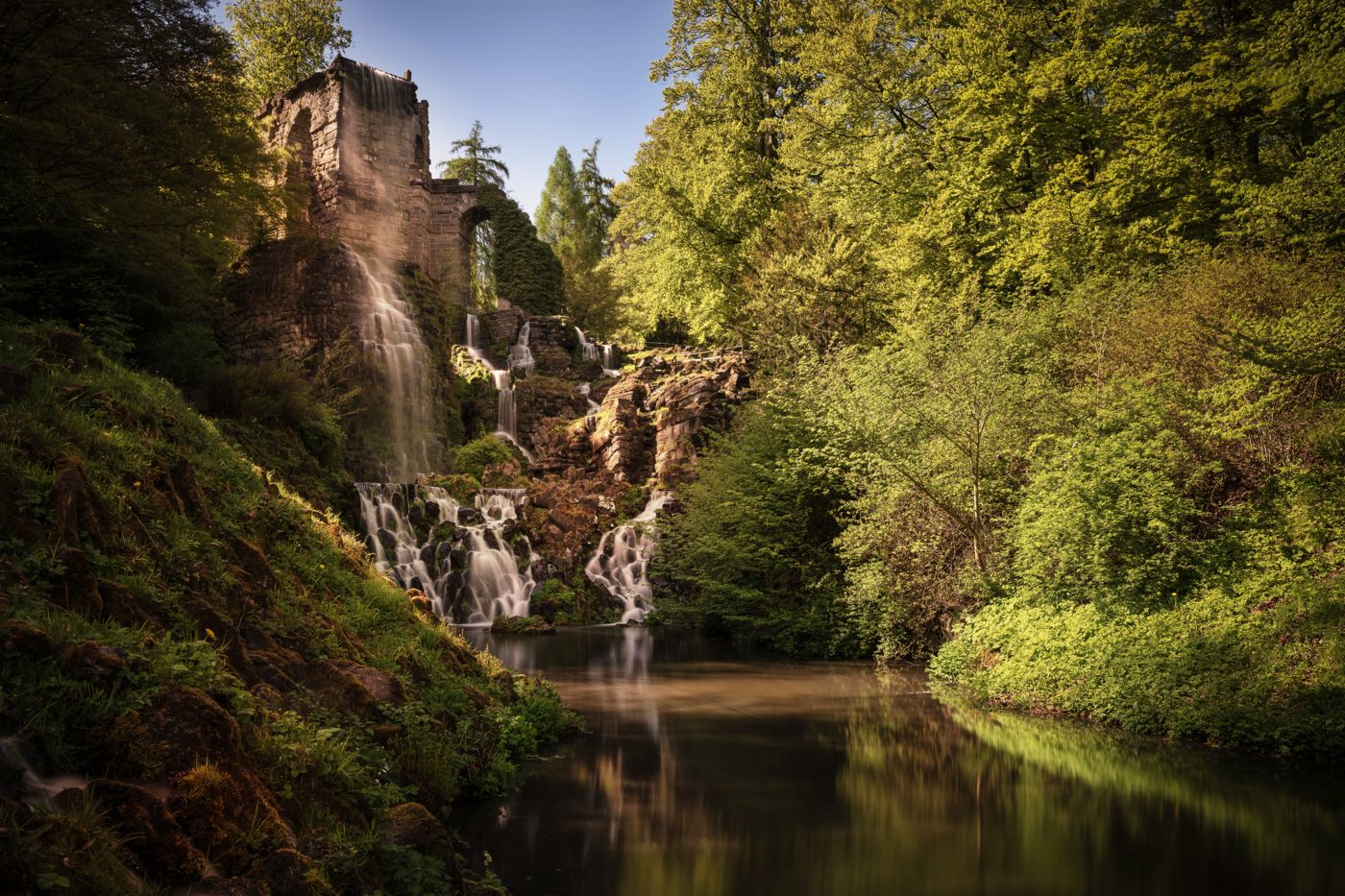
© Lookphotos/Günther Bayerl
© Lookphotos/Günther Bayerl
Days 7-8: Kassel Wilhelmshöhe Park
The second largest hillside park in the world, Wilhelmshöhe is a place to let your imagination run wild. The otherworldly landscapes were first created by Landgrave Karl of Hesse-Kassel in 1690. At Wilhelmshöhe’s highest point, the copper statue of Hercules sits atop a pyramid. From here the water tumbles down the stepped Grand Cascade to a rocky pool. Spend the day exploring the various water features: the Baroque water theatre, fifty-metre-high Grand Fountain, grotto, lake and ponds.
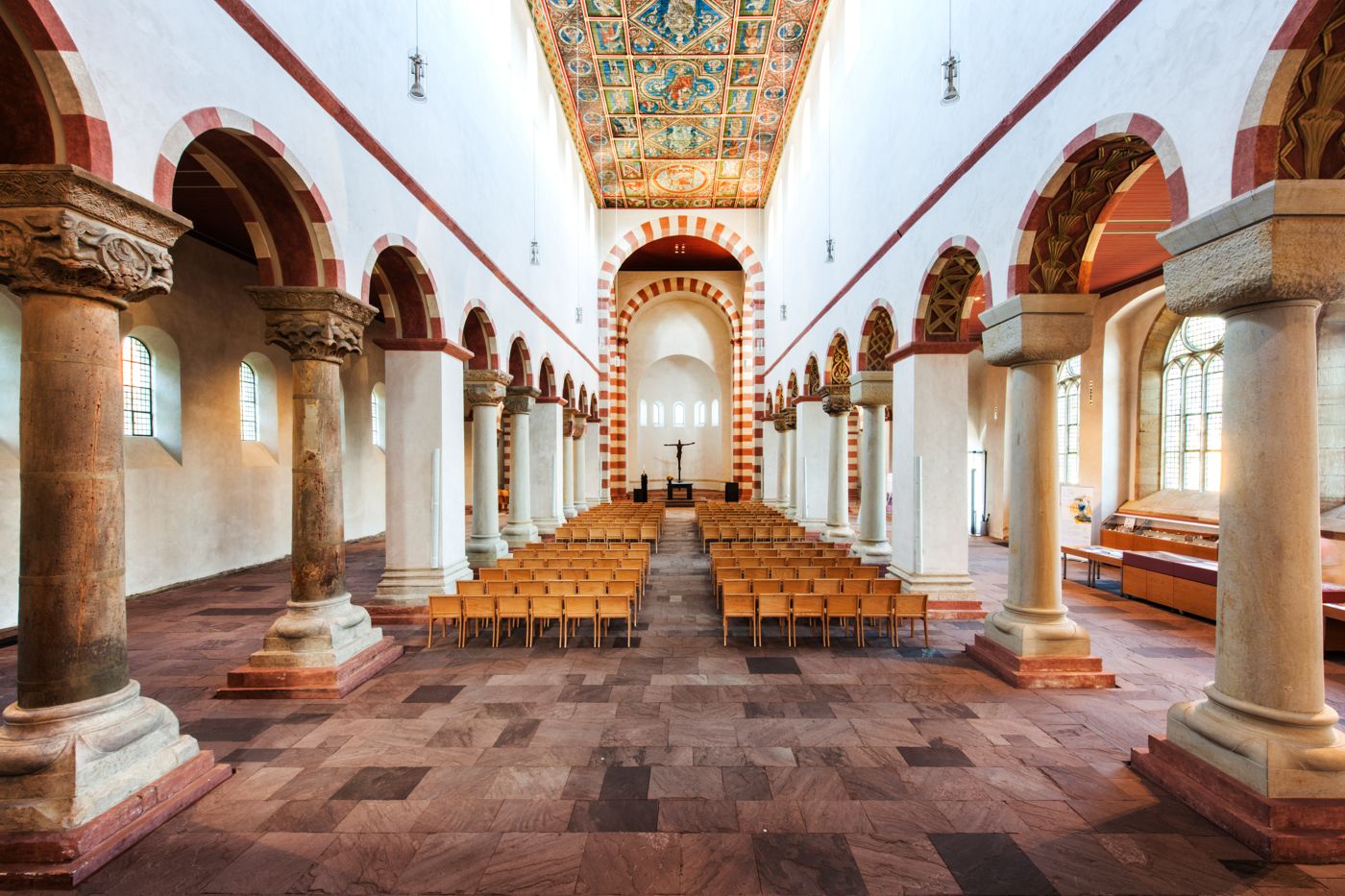
© GNTB / Florian Trykowski
© GNTB / Florian Trykowski
Day 9: St Michael’s Church and St Mary’s Cathedral, Hildesheim
South of Hanover in Lower Saxony, the early Romanesque Benedictine abbey of St Michael’s in Hildesheim oozes atmosphere. Largely unspoilt by later development, wander round the building with its twin choirs and transepts. This place of worship was built to inspire and humble with its sheer scale, soaring towers, turrets and columns. Make sure to gaze up at the beautiful stucco ceiling, the rich reds, golds and azure blues of the painted frescos tracing the ancestry of Jesus.
Rebuilt after the fire of 1046, neighbouring St Mary’s Cathedral still retains its original crypt. Admire the intricate detail of the early medieval Bernward doors and column, the bronze reliefs depicting the Book of Genesis and New Testament scenes.
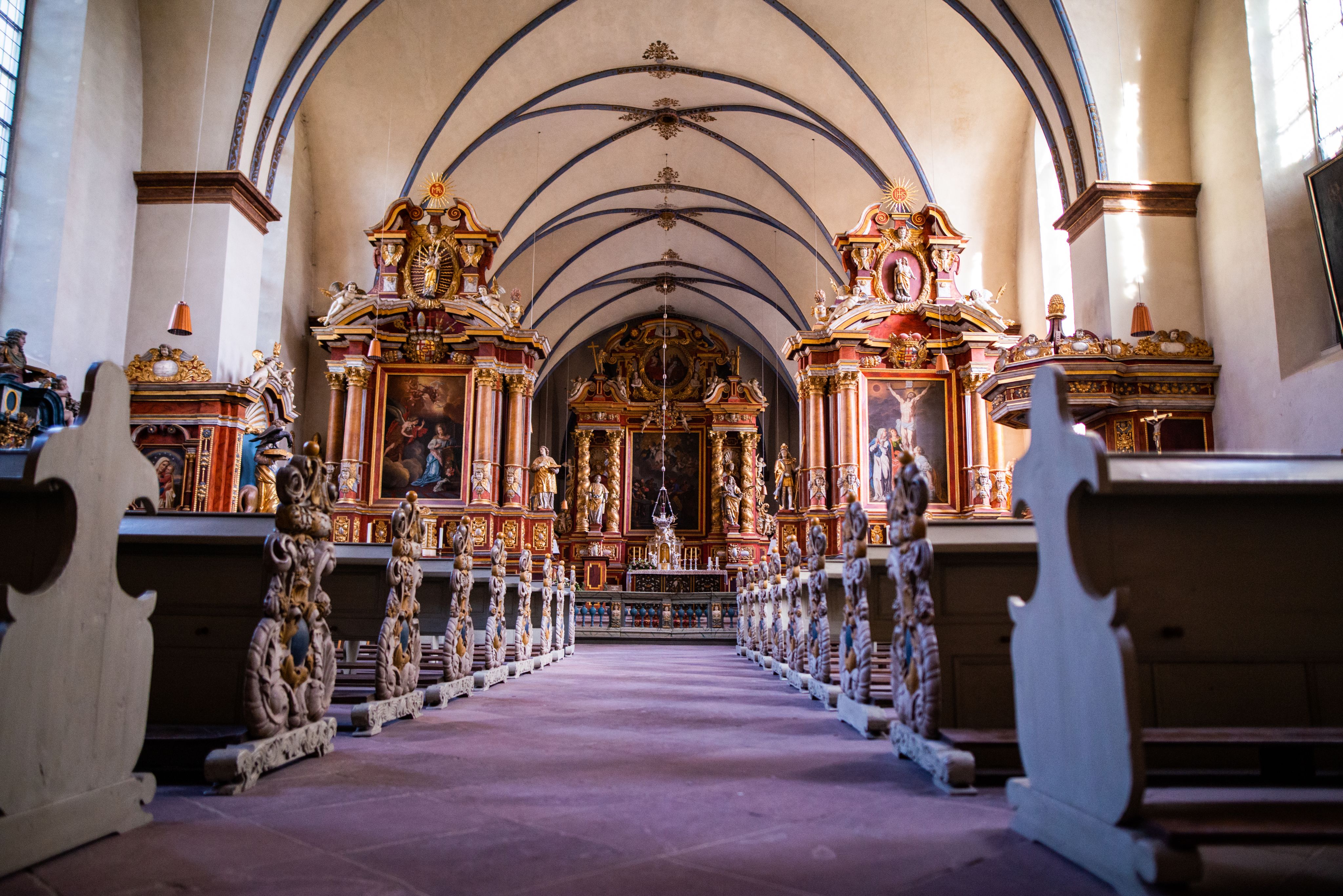
© Tourismus NRW e.V.
© Tourismus NRW e.V.
Day 10: Carolingian Westwork and Civitas Corvey
Sitting on the banks of the River Weser in Höxter, the Baroque palace and elegant monastery complex, Carolingian Westwork and Civitas Corvey – dating back to the 9th century – is an impressive sight beneath the densely wooded hills of North-Rhine Westphalia. Its pièce-de-resistance is the westwork – western façade. This is the only surviving Carolingian structure left standing today, almost perfectly preserved. Inside, view the frescos of the Odyssey and take in the life-size stucco figures and mythological friezes. The wall paintings of ancient mythology with Christian interpretation are the only known examples from Carolingian times.
North Rhine-Westphalia top tips: Visit the Imperial Abbey of Corvey on a themed tour and don't miss the beautiful Cycle Path around the Weser.
Route Inspiration: The Footsteps of Romans and Knights
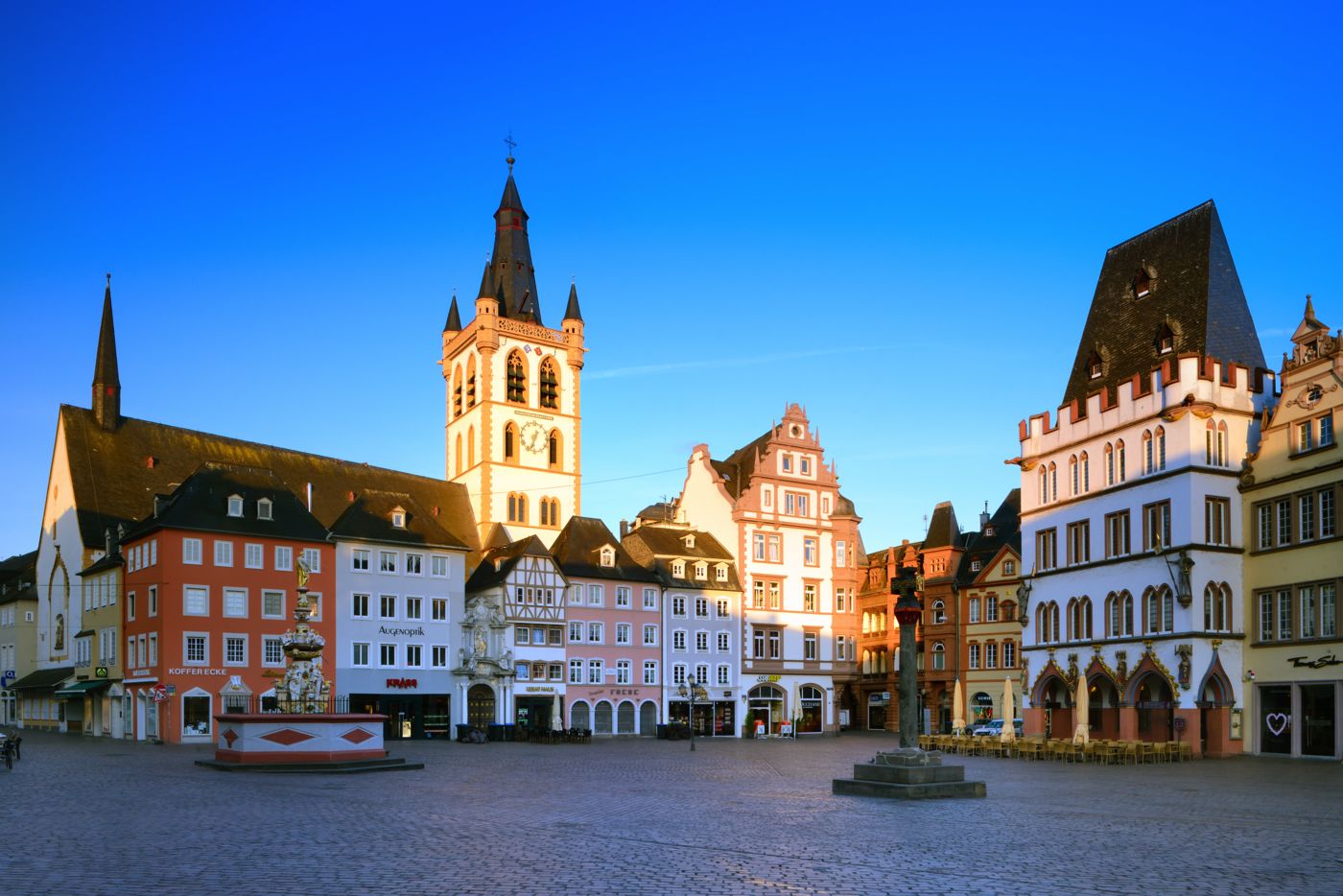
Take the Family Route inspired by Romans, knights and mermaids for a visual feast of Germany’s World Heritage Sites – where history comes alive for adults and children alike.
Romans, knights and legendary creatures, you’ll discover them all in some of Germany’s most romantic landscapes, including the Moselle and Rhine river valleys.
Experience otherworldly parks, grand castles, a fairy-tale gorge, fascinating museums, and the remains of the great Roman Empire, as well as a reconstructed Roman city.
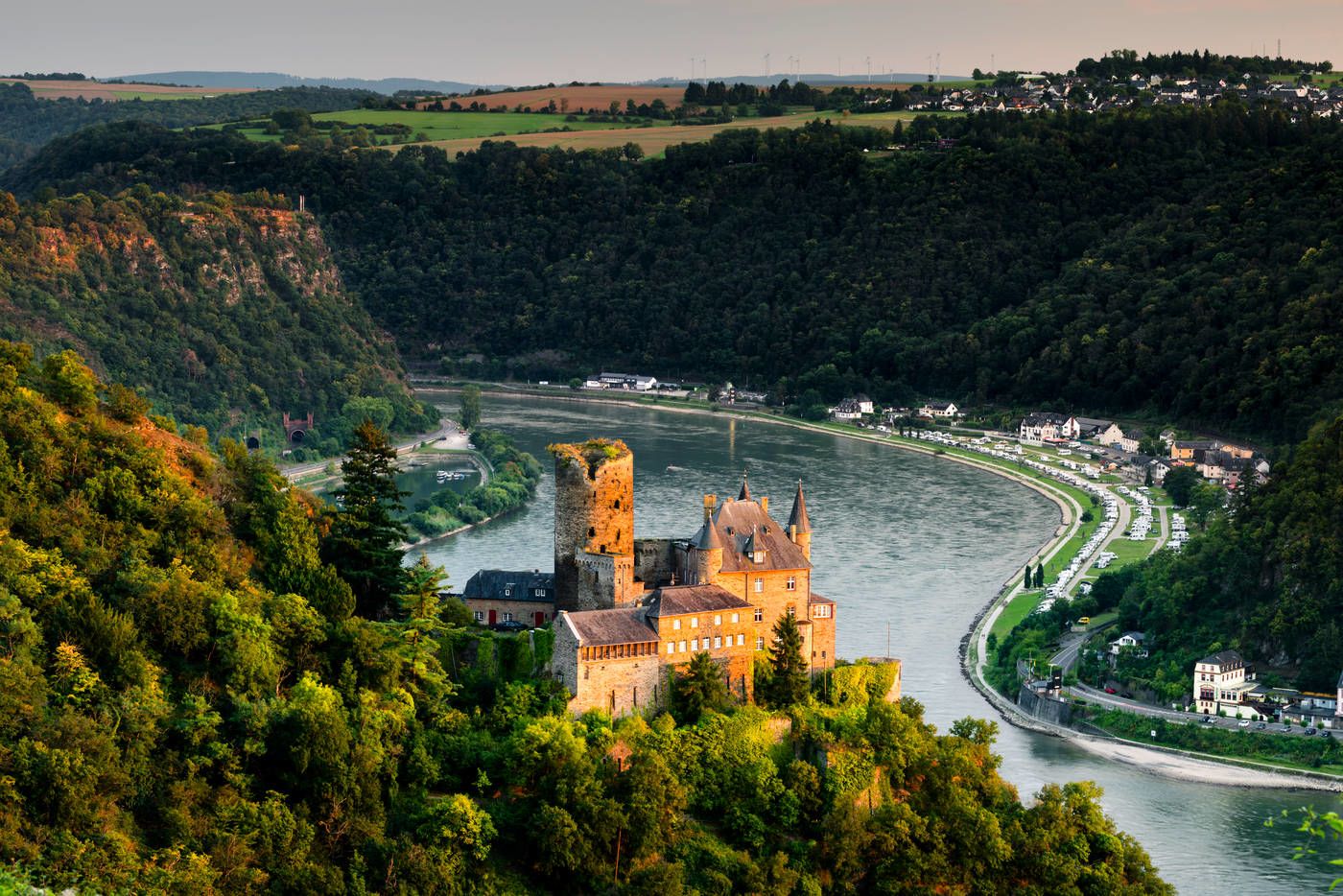


Germany in the Footsteps of Romans & Knights
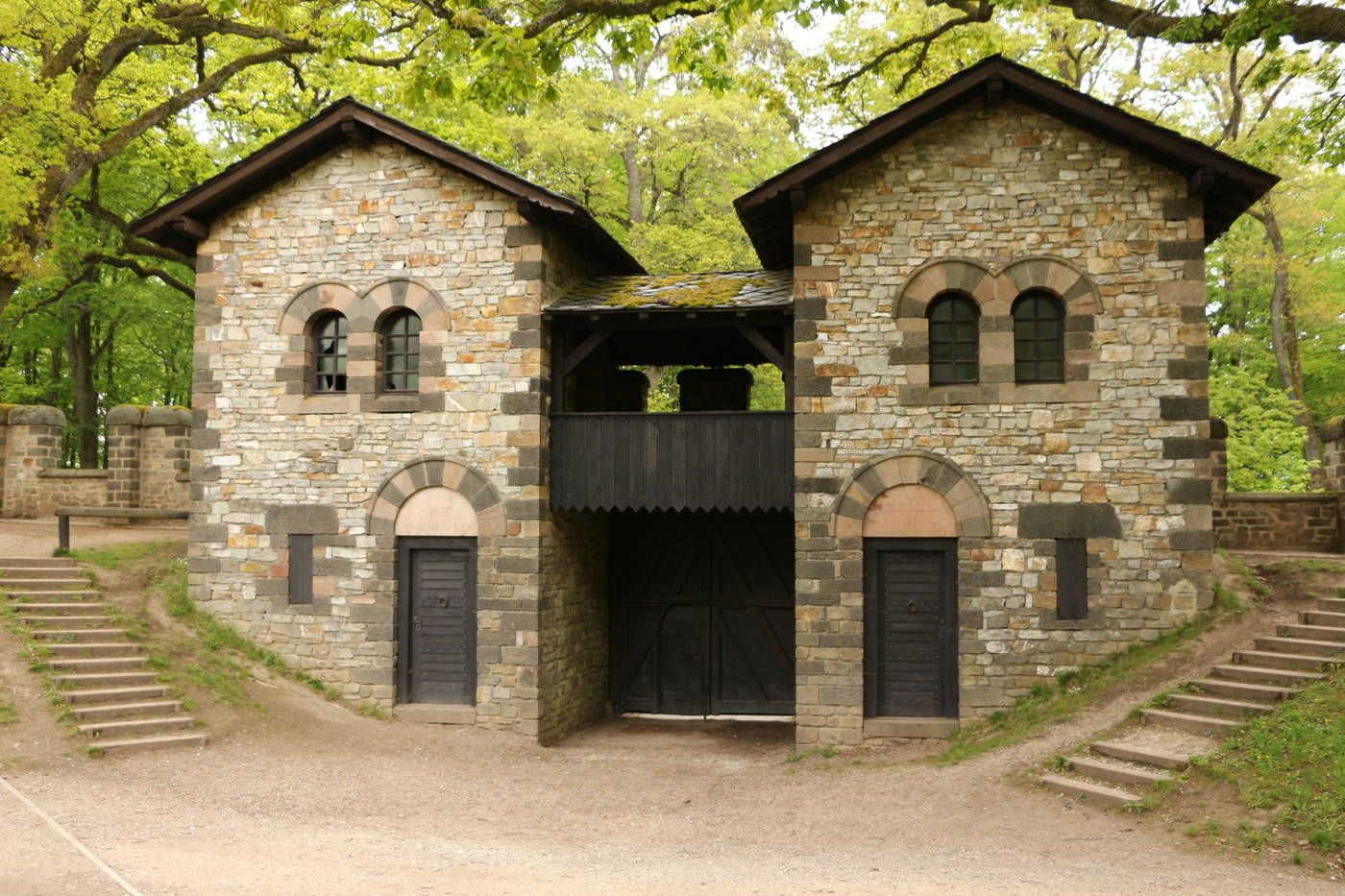
© Adobe Stock/Pixel62
© Adobe Stock/Pixel62
Day 1: Upper Germanic-Rhaetian Limes
Extending 550 kilometres from the Rhine to the Danube, the Roman-built boundary wall, The Limes is an astonishing feat of ingenuity. Combined with Hadrian’s Wall and the Antonine Wall in Great Britain, the three frontiers make up one World Heritage Site. The forts, watchtowers, roads and walls were built to protect the Roman Empire from the Barbarians, extending from Rheinbrohl to Eining fort. Explore Roman ruins and a reconstructed fort at Saalburg near Bad Homburg. Find out more at the Roman Museum at Osterburken and the Limes Museum with its archaeology park and fort in Aalen – southern Germany's largest Roman museum. Check out the Roman baths and Limes Information Centre at Weissenburg. As a bonus, The Upper Limes take you through some of Germany’s most idyllic forests and pastureland.
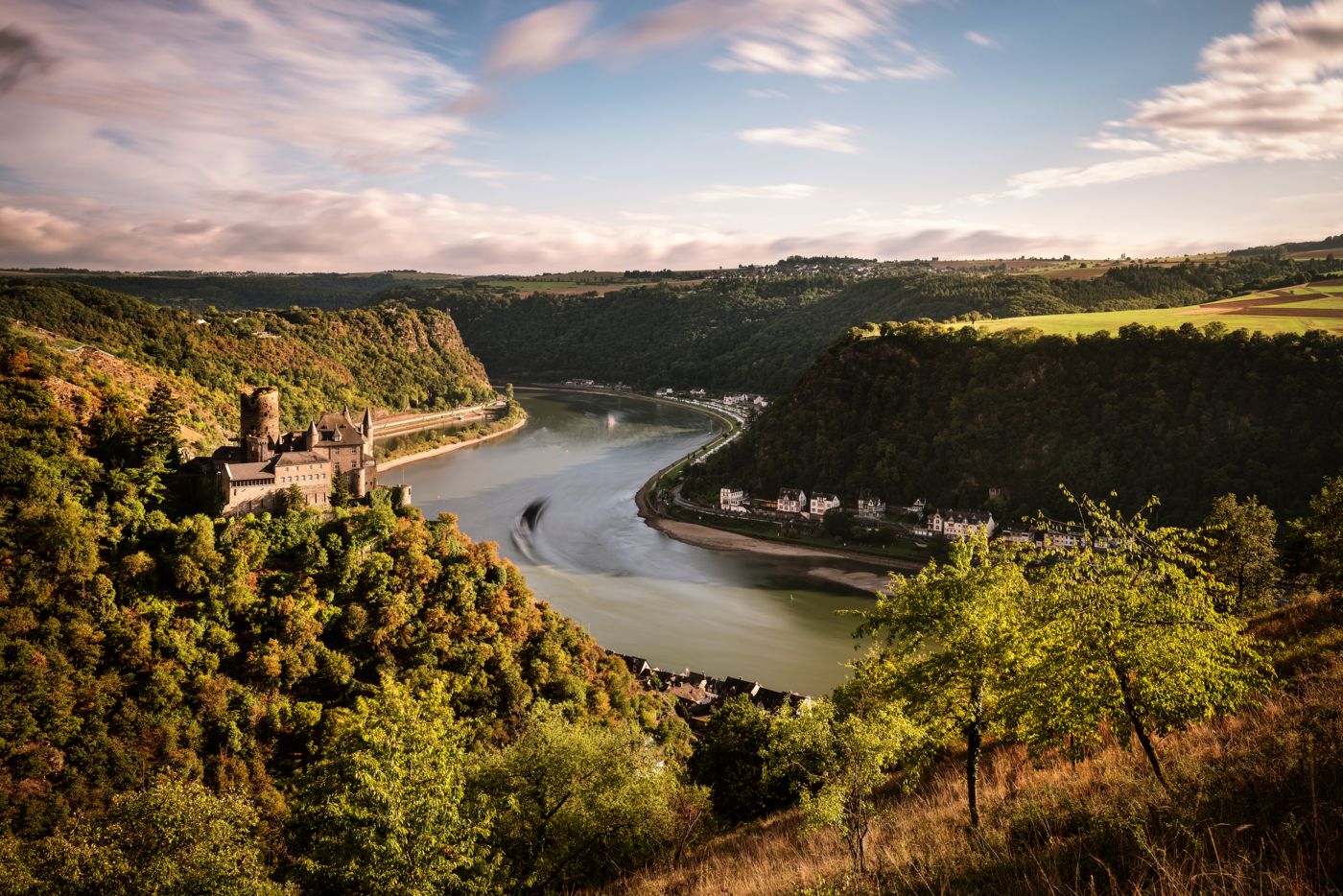
© Lookphotos/Günther Bayerl
© Lookphotos/Günther Bayerl
Day 2: Upper Middle Rhine Valley
Explore sixty-five glorious kilometres of the Upper Middle Rhine Valley – the entire section of the river a World Heritage Site. It’s a fairy-tale landscape of hilltop and riverside castles, ruins and vineyards. This part of the Rhine has inspired artists, writers and composers for centuries, the region also an important trading route and wine-growing area. Its romantic landscapes have inspired myths and legends, including that of the Lorelei, where the beguiling mermaid - a treacherous rock - sends unsuspecting boatmen to their deaths. Take your time and meander through the narrow gorge between Koblenz and Rüdesheim, exploring all this UNESCO World Heritage Site has to offer.
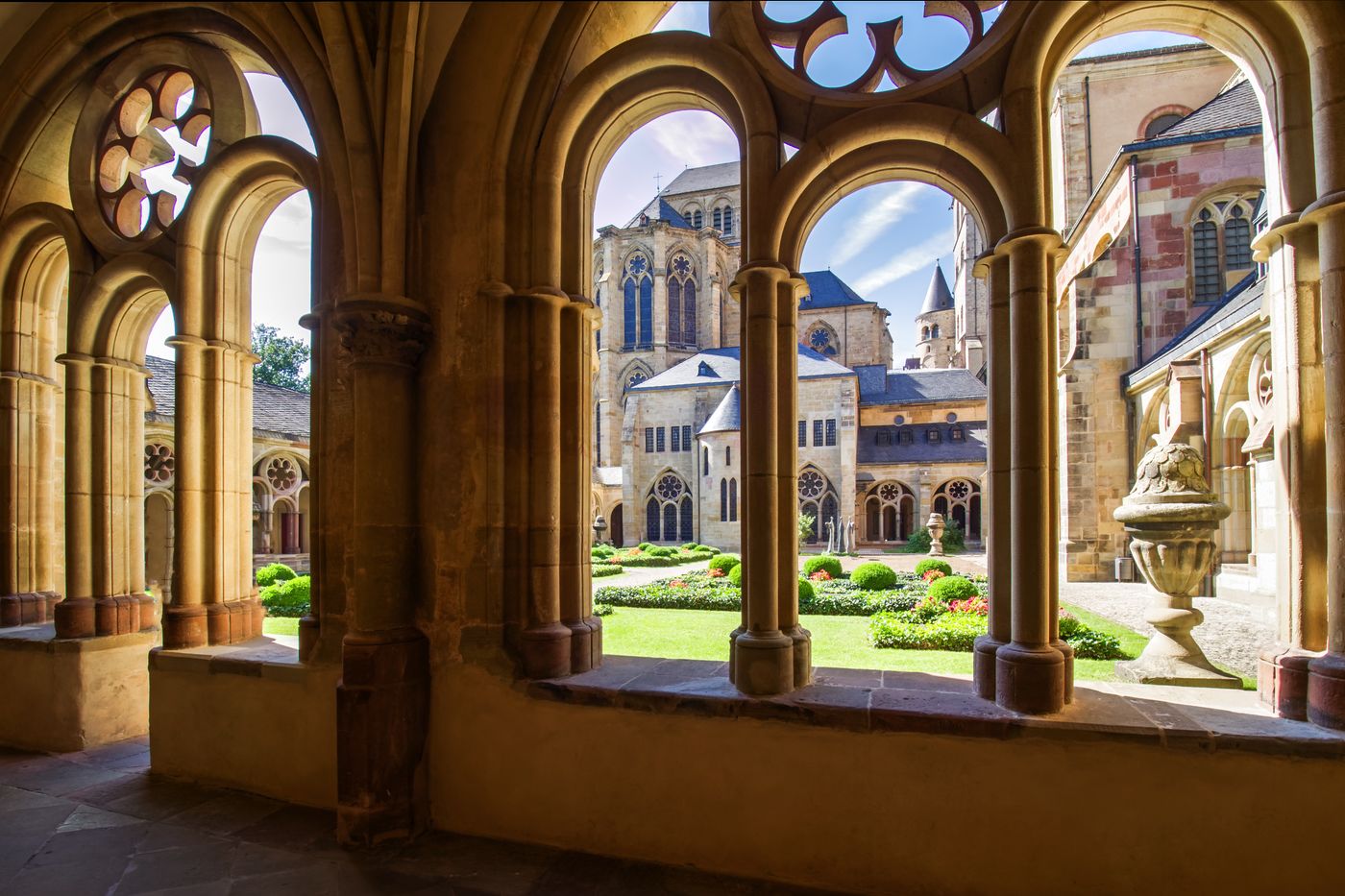
© Getty Images/Fredy Jeanrenaud / EyeEm
© Getty Images/Fredy Jeanrenaud / EyeEm
Day 3: The Roman Monuments, Cathedral and Church of Our Lady, Trier
Known as the ‘second Rome’ or ‘Rome of the North’, Trier, straddling the Moselle River, is packed with magnificent Roman monuments. Plan your visit to take in the grand Porta Nigra with its double gateway and towers made from heavy stone slabs, the cavernous Basilica, elegant Moselle Bridge, Barbara Baths and Igel Column.
Trier’s St Peter’s Cathedral is one of the oldest church buildings in the West. In constant use since classical times, the cathedral combines classical, medieval and modern architecture. Wander past the many archbishops’ tombs, spanning the 12th to 18th centuries, and admire the Romanesque parclose screen, Renaissance pulpit and beautiful Baroque marble altars.
The Church of Our Lady is the earliest church built in French High Gothic style outside France and the oldest Gothic church in Germany. From the floor plan in the shape of a twelve-petalled rose to the twelve supporting columns, this is an exquisite place of worship.
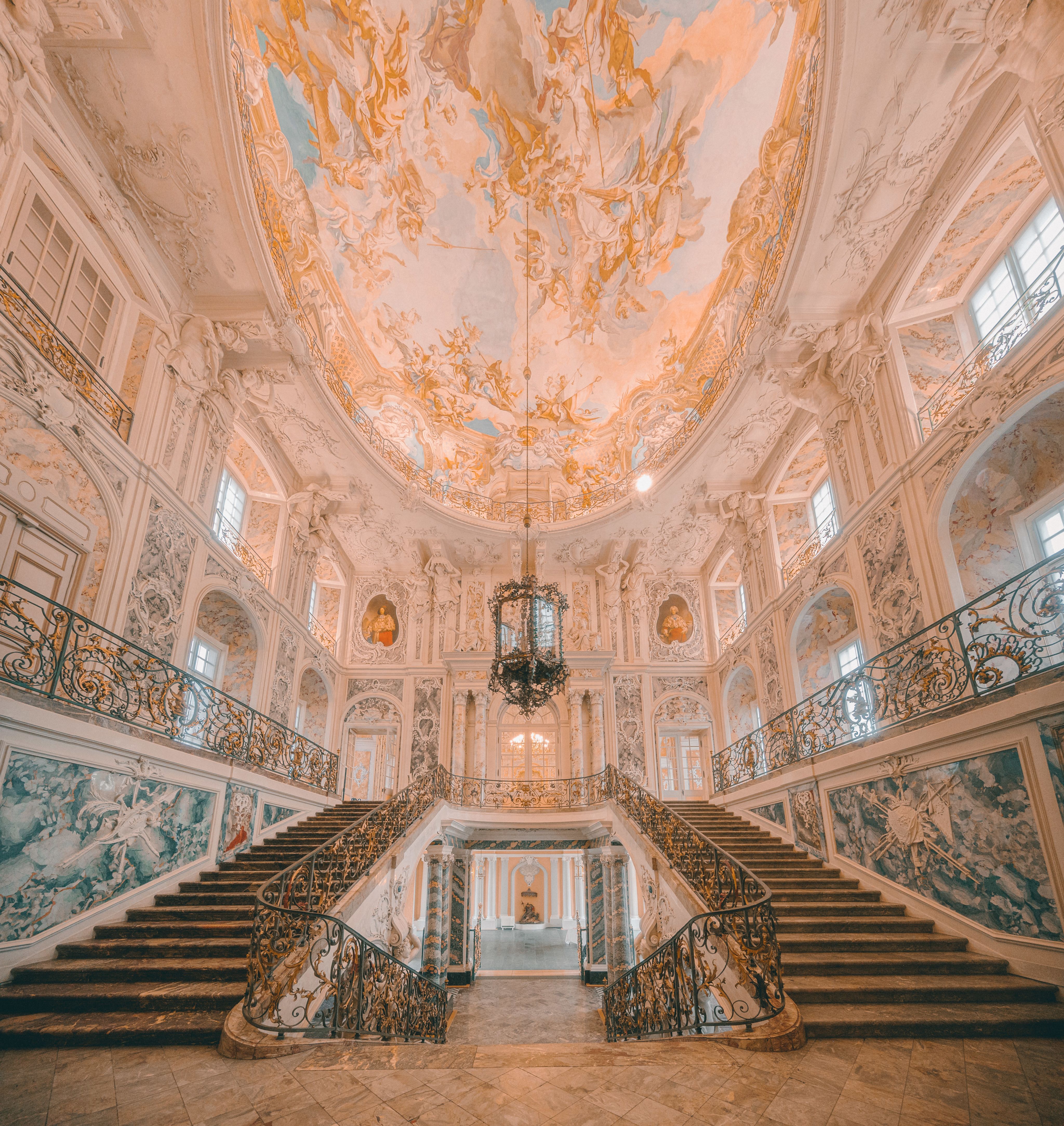
© Johannes Höhn
© Johannes Höhn
Day 4: Cologne Cathedral and Brühl Palaces
Combine two spectacular UNESCO sites in one day: Cologne Cathedral and Brühl Palaces. A stone’s throw from the banks of the Rhine in Cologne, the magnificent twin-spired Cologne Cathedral is not only one of the most popular tourist attractions in Germany, it’s also one of the most important pilgrimage churches in Europe. Every year, six million visitors pass through its doors.
North Rhine-Westphalia top tips: Don’t miss the opportunity to take a dizzying trip across its roofs. You’ll have to pant your way up 533 steps to reach the south tower’s viewing platform, but the outlook over the city more than compensates for the effort. Surrounding the cathedral, you’ll discover many exciting museums. Museum Ludwig boasts the largest and most important collection of American Pop Art outside the USA.
Old meets new at the UNESCO-listed Baroque palaces of Augustusburg and Falkenlust. Kill two UNESCO-listed birds with one stone and after visiting Cologne Cathedral, head to the Augustusburg Palace, formerly used for presidents to receive official state visitors including Queen Elizabeth II, Nelson Mandela and Pope John Paul II. Both Augustusburg and Falkenlust are two of the most exquisite examples of Baroque and Rococo architecture in Germany.
North Rhine-Westphalia top tips: Join a guided tour for a more enriching experience of the Brühl palaces, gardens and parks. Check out the Max Ernst Museum while in Brühl.
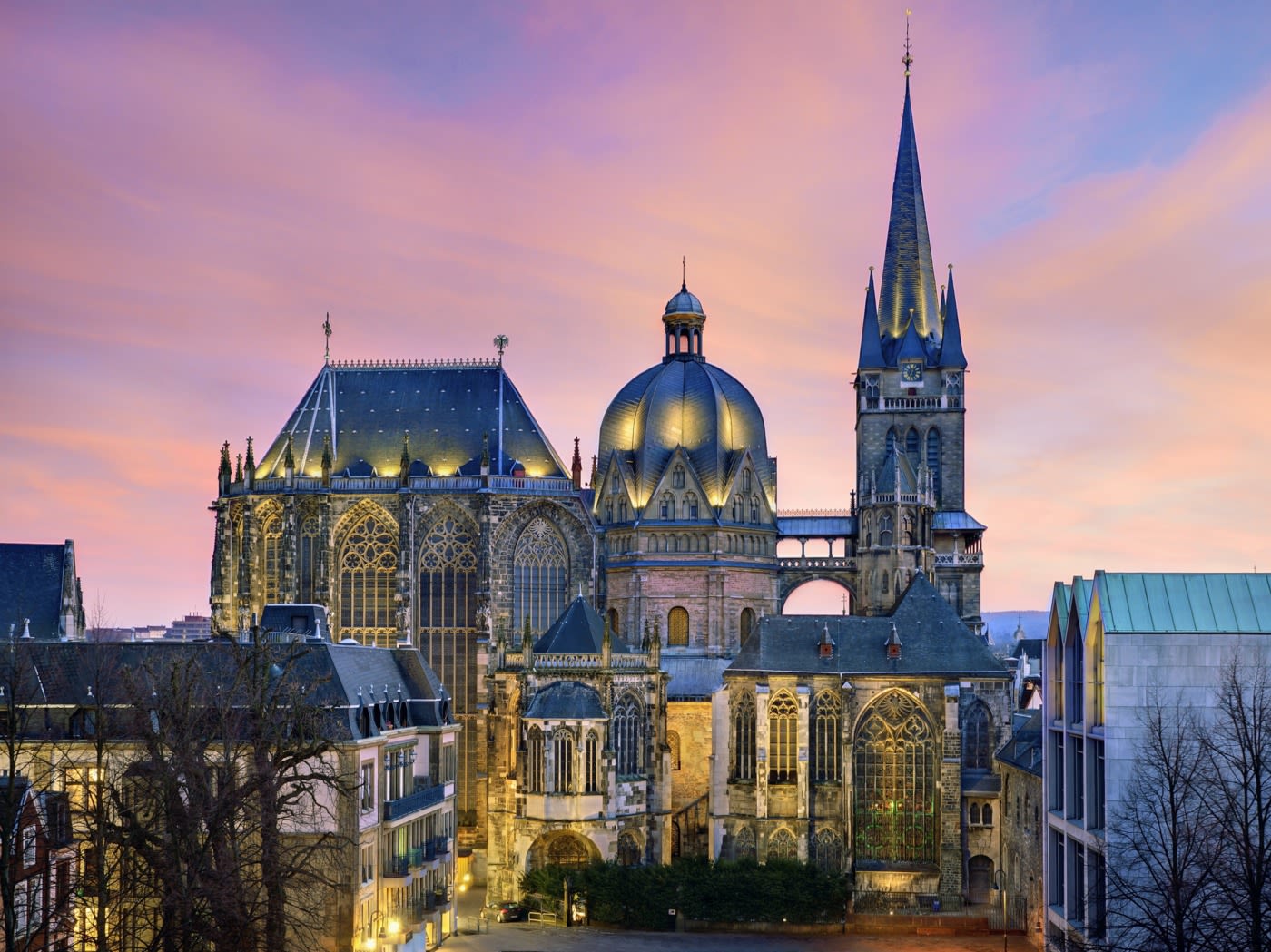
© Lookphotos/Travel Collection
© Lookphotos/Travel Collection
Day 5: Aachen Cathedral
Close to the Dutch border in North-Rhine Westphalia, Aachen Cathedral is one of the best-preserved buildings of the Carolingian period. Built by order of Emperor Charlemagne, he was later buried there in 814 AD. It was one of the first 12 sites to be listed on the UNESCO World Heritage list, since its art and architecture are of such great historical value.
North Rhine-Westphalia top tips: Public cathedral tours are offered several times daily. While visiting the UNESCO World Heritage Site, take the chance to visit the Ludwig Forum for International Art, known for its Bauhaus architecture and internationally renowned contemporary art.
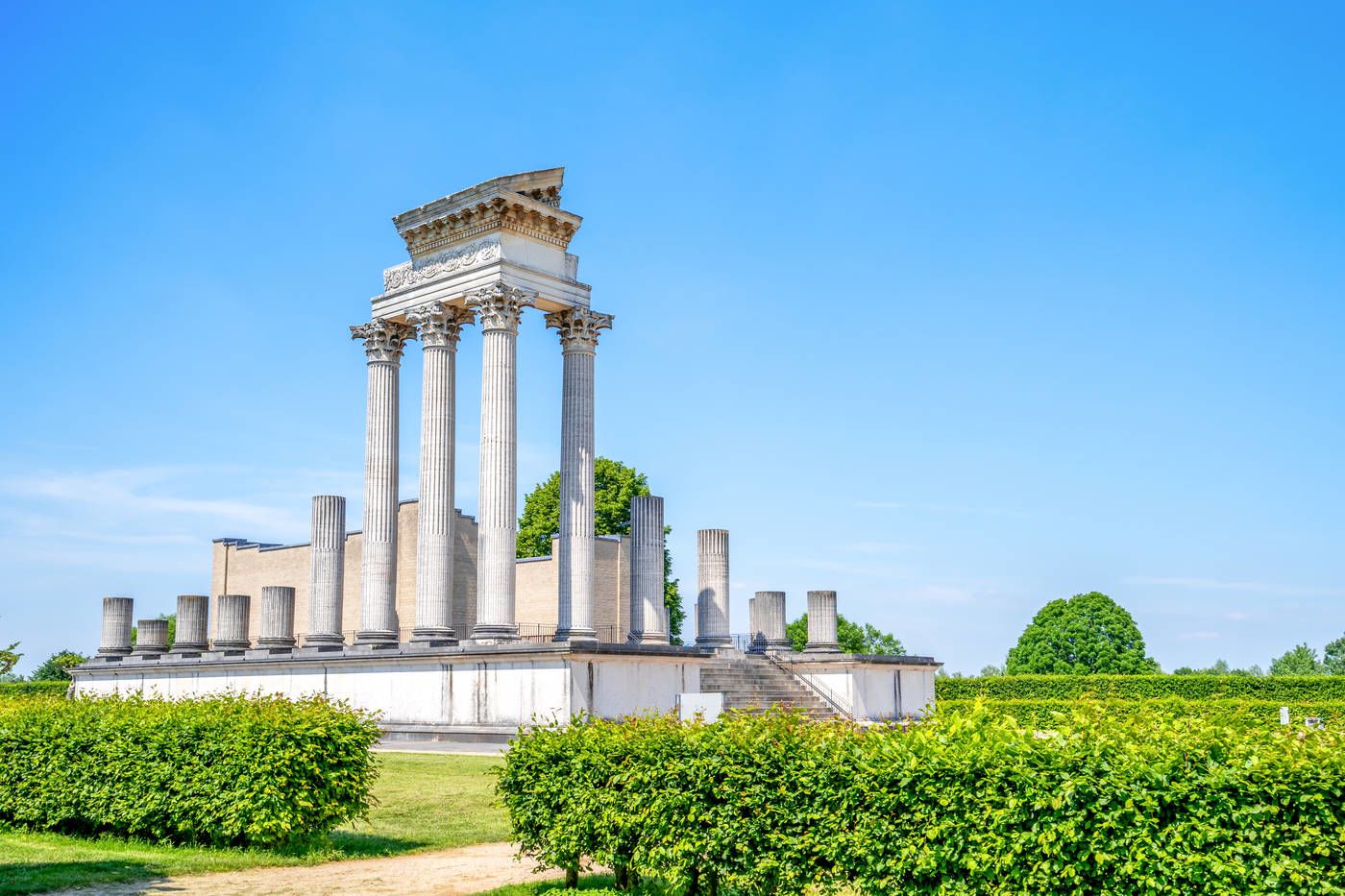
© Adobe Stock/Sina Ettmer
© Adobe Stock/Sina Ettmer
Day 6: The Lower German Limes
The Lower German Limes formed the north-eastern border of the Roman province of Germania Inferior, along the Rhine between the Dutch North Sea coast and the Rhine just south of Bonn (where the Upper Germanic-Rhaetian Limes begin). They include traces of military fortifications, Roman roads, settlements, an aqueduct and canals, much of this history now buried under wetlands.
North Rhine-Westphalia top tips: Visit the Archaeological Park at Xanten and explore Germany’s biggest archaeological open-air museum. Take a trip through four centuries of Roman history. Discover Xanten’s reconstructed city walls, harbour temple and vast amphitheatre. Immerse yourself in Roman society and find out how Romans used to live and work. The museum holds spectacular reconstructions in the arena. Finish at the nearby LVR-Römermuseum with exhibits of the Roman army’s weapons and equipment.
What are you waiting for?
Head to the official Germany website now to start planning your UNESCO-inspired trip.
